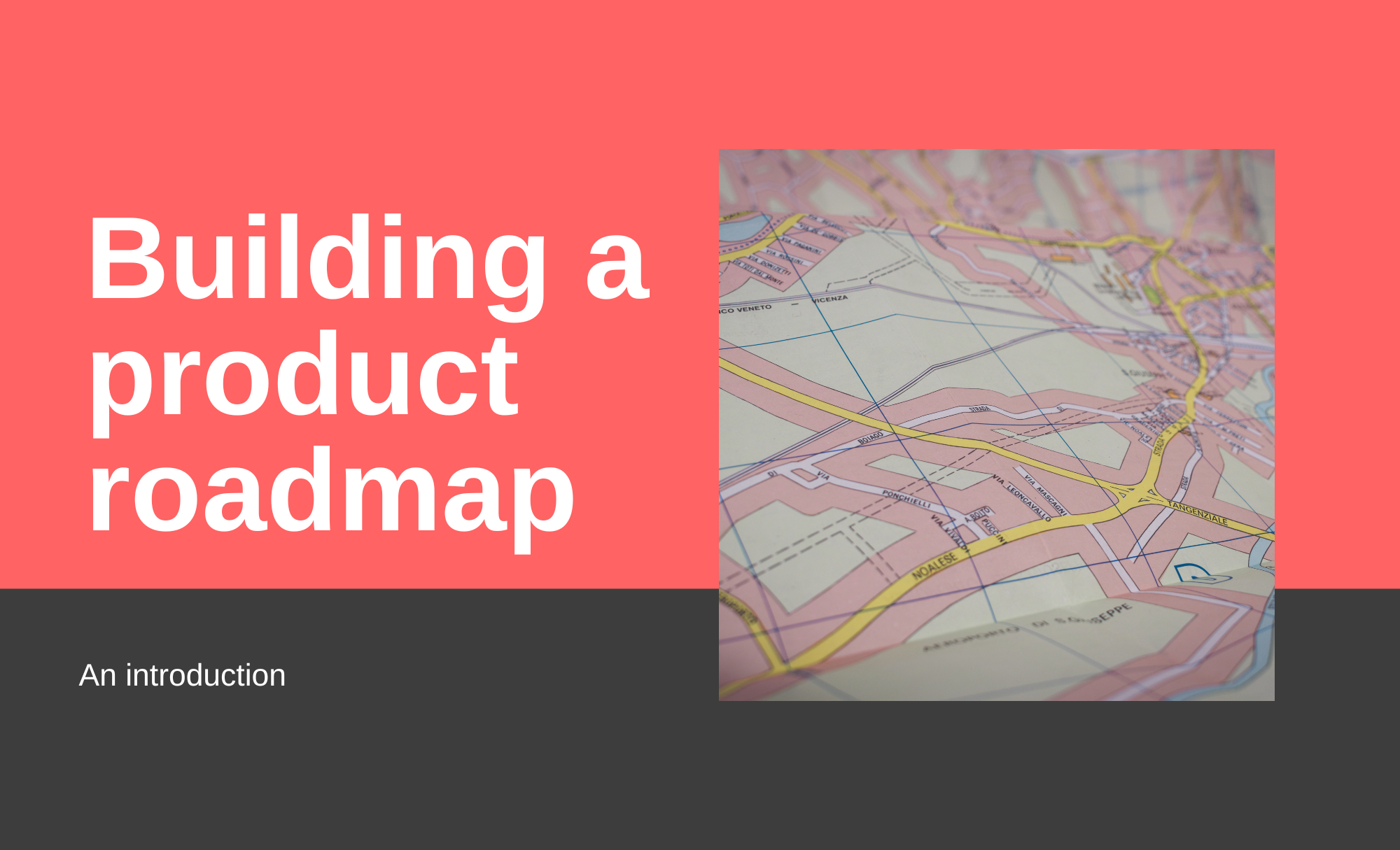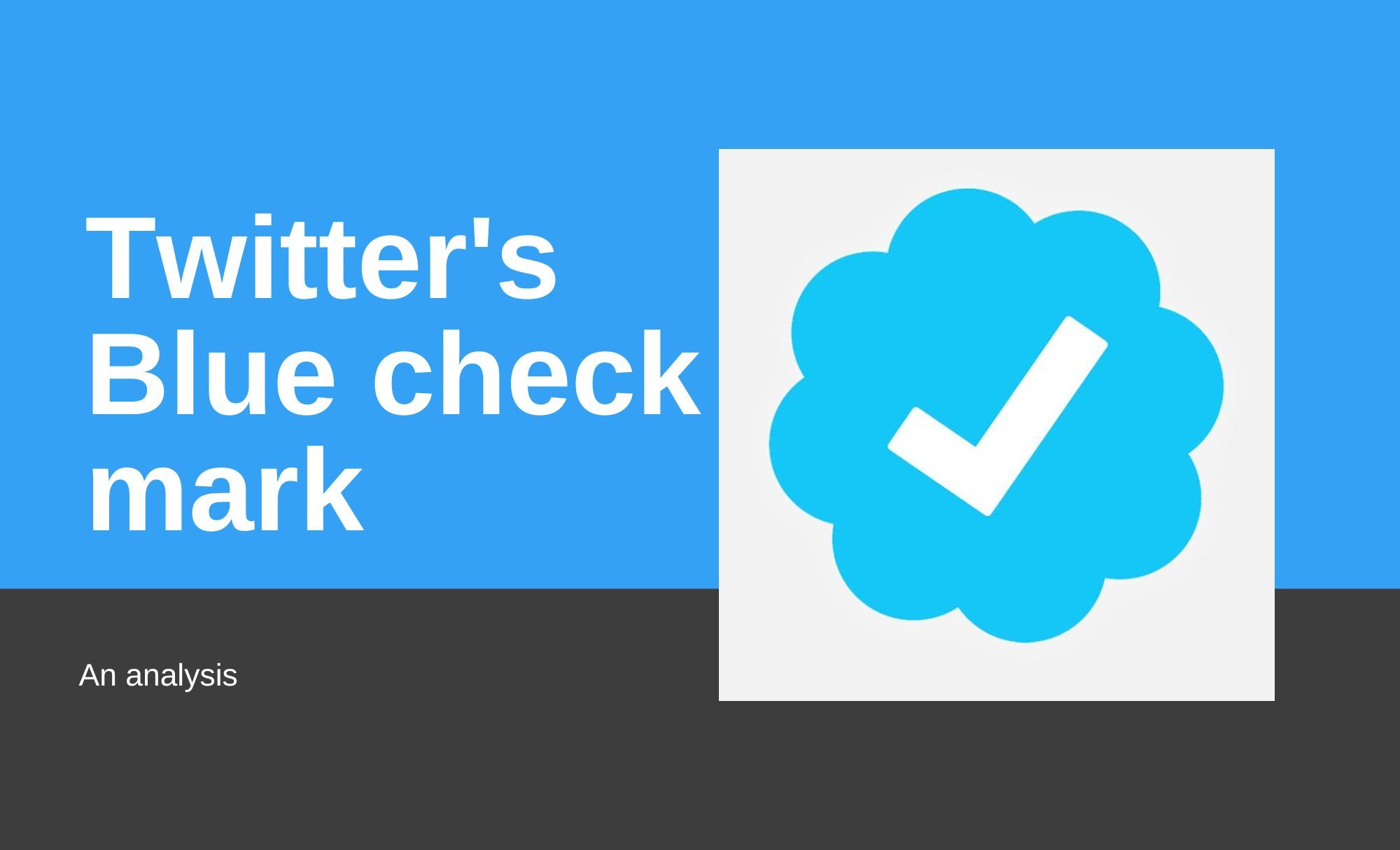You should know where you are going with your new product. Building a Product Roadmap helps you reach just that. Here are the basics.
A product roadmap is a high-level document that outlines the vision and direction for a product over a period of time, typically six to eighteen months. It is used to communicate the goals, priorities, and key features of a product to stakeholders and helps to align efforts and resources towards a common goal.
This article is
What are the key steps?
Define your vision
Start by clarifying your long-term vision for the product. What problem does it solve? Who is the target audience? What value does it provide?
Your vision is the core business idea of your product. It can not be vague. You are going to have to know where you are going.
Set goals
Identify the key objectives you want to achieve with the product. These goals should be specific, measurable, attainable, relevant, and time-bound (SMART).
SMART goals are a great approach, but you can also follow other approaches. The only most important element here is for them to be specific.
Determine your priorities
Determine which features and initiatives are most important for the product based on your goals and the current market landscape.
Rank these priorities. There is only one number 1 priority, one number 2, and so on and so forth. Take a look at the operational approach of a new product feature workflow.
Break down the work
Break down the high-level goals and priorities into smaller, more manageable chunks of work. Your current team structure and the way you work will impact how you are doing that. Here you can use the lean startup method.
Estimate the timeline
Estimate how long each piece of work will take to complete and create a timeline for when you expect to deliver each item. The timeline does have to be as specific as you want, but keep in mind, that these things change.
Review and refine
Review and refine the roadmap regularly to ensure that it reflects the current state of the product and the market. Be prepared to make changes as needed.
It’s important to note that a product roadmap is a living document and should be updated as your product evolves and as market conditions change. It’s also important to be flexible and willing to adapt as you learn more about your customers and the market.
Some of the best tools to help you
There are many roadmapping tools available, each with its own unique features and capabilities. Some popular options include:
Aha!
Aha! is a comprehensive product management platform that includes roadmapping tools, as well as features for idea management, release planning, and customer feedback.
ProductPlan
ProductPlan is a roadmapping tool that allows you to create high-level product roadmaps, as well as detailed feature roadmaps and release plans.
Roadmunk
Roadmunk is a roadmapping tool that allows you to create interactive roadmaps and share them with stakeholders. It includes features for visualizing data and measuring progress.
ProductBoard
ProductBoard is a product management platform that includes roadmapping tools, as well as features for customer feedback and market research.
Asana
Asana is a project management tool that includes roadmapping capabilities, as well as features for task management, collaboration, and reporting.
When selecting a roadmapping tool, it’s important to consider the needs of your team and the features that will be most helpful for your workflow. Some features to consider might include the ability to create multiple roadmaps, integration with other tools, collaboration, and sharing capabilities, and customizable templates.





